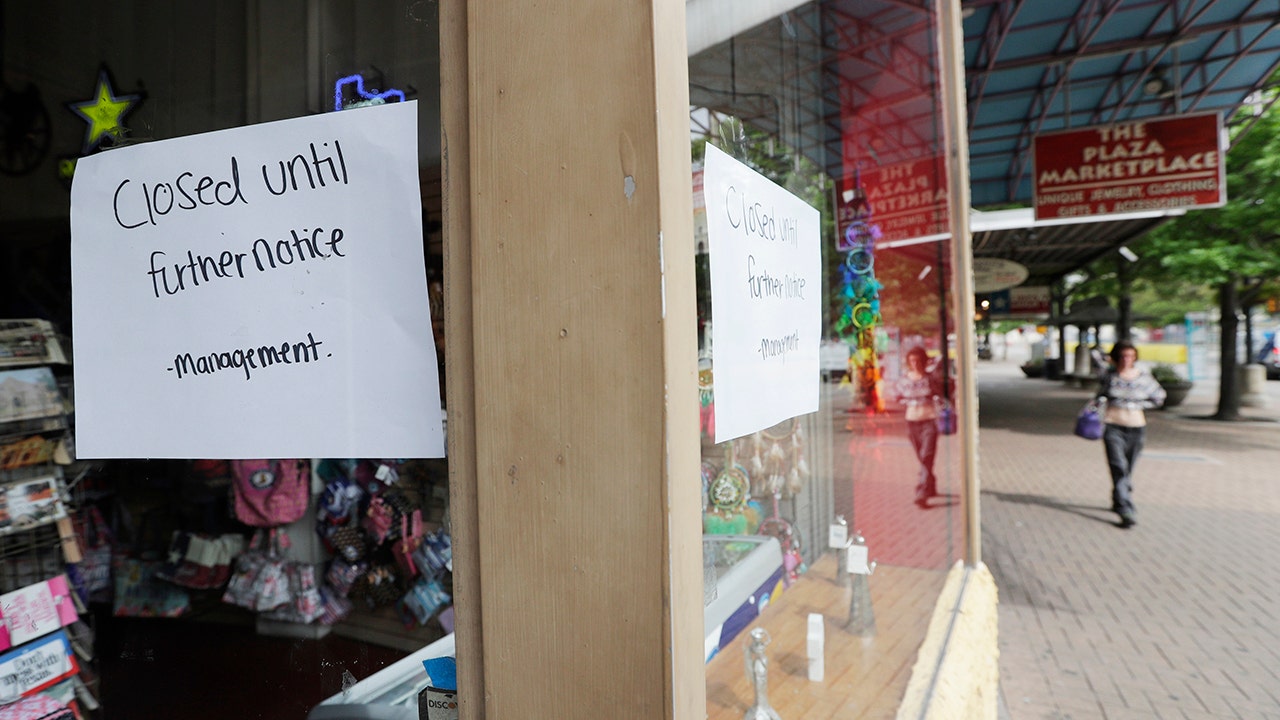
Dallas Mavericks owner and billionaire entrepreneur Mark Cuban explains where all of the Paycheck Protection Program funding went and why some bigger businesses received the funding before small businesses.
Get all the latest news on coronavirus and more delivered daily to your inbox. Sign up here.
Continue Reading Below
As more U.S. small businesses gear up for their chance to get a loan from the federal government, with plans to replenish funding for the Paycheck Protection Program in the works, experts are cautioning that loan forgiveness may be a little more complicated than business owners expect.
“What’s becoming evident is on the forgiveness side, it is going to be a little more difficult than they realize,” Robert Spence, a certified financial planner at Raymond James, told FOX Business. “The devil’s in the details … When u look at some of the specifics, the forgivable portion will be lower than people were thinking.”
The Paycheck Protection Program (PPP) is designed to incentivize companies with fewer than 500 employees to keep staff despite difficult economic conditions that have resulted from the coronavirus pandemic. Applicants can receive up to $10 million, which can be forgiven in certain cases. At least 75 percent of the money must be put toward payroll costs – the other portion can be used for mortgage interest, utilities and rent.
WILL CORONAVIRUS CRISIS SPARK FRESH EXODUS FROM HIGH-TAX STATES?
One of the first issues is that while loan amounts are based on either 2.5-times average monthly payroll costs for 2019 or the trailing 12 months (up to $10 million), the window to use it is only eight weeks.
“In essence there’s kind of an inherent math problem,” L.J. Suzuki, the founder of CFOShares.org, told FOX Business.
The loan amount is also based on prior staffing levels – before many small businesses laid people off or reduced salaries. Therefore, Spence noted, it may be even more difficult for business owners to use at least 75 percent of their loan on payroll.
Suzuki said he’s heard of business owners considering hiring their spouses or paying bonuses just to meet these forgiveness specifications.
CORONAVIRUS HIT HIGH-TAX STATES RENEW SALT CAP REPEAL EFFORTS
Forgiveness will be prorated if payroll isn’t maintained at levels seen before Feb. 15 – so it will be reduced proportional to how many jobs were cut or the amount by which salaries were reduced. It will also be reduced if you don’t follow the allocation specifications.
There is a window permitted for rehiring employees – but there are also challenges where that is concerned.
Business owners, particularly bars and restaurants, are competing against expanded unemployment benefits. The extra $600 per week for four months is higher than base wages for many tipped employees, who are currently missing out on tips.
Ultimately your lender is responsible for assessing loan forgiveness. What you will need to show your bank as proof will likely vary, but you will at least need payroll records showing how much was paid in wages on a per-employee basis throughout the 8 week period. You will also need to show what was paid in non-payroll expenses – which will require keeping good documentation. Suzuki noted you may need an invoice from your landlord or a bill from your utility company.
When it comes to which businesses are most likely to receive complete loan forgiveness, it may not be the ones that were the intended target of the program.
“The ironic thing is the companies most likely to get 100 percent forgiveness are the companies who were relatively financially stable to begin with,” Suzuki said, adding that the companies who likely needed financial assistance the most are the ones who probably took a more cautious approach toward staffing.
However, complete forgiveness doesn’t need to be the end goal for every business. The loan has a low, one percent interest rate over the course of two years – and no payments are necessary during the first six months.
Suzuki said he would tell clients who could benefit to take the “high-quality” loan – even if it weren’t forgivable. He also cautioned people not to turn their businesses “inside-out” to have the loan forgiven at the expense of the long-term viability of their business.
CORONAVIRUS STIMULUS CHECKS: WHO GETS MONEY AND WHEN?
Both Suzuki and Spence cautioned that final PPP guidance remains unclear and is subject to change throughout the coming weeks and months – as has been the case so far with the program since it was developed and rolled out so quickly.
Spence said some of the forgiveness provisions are “strangely overcomplicated.”
Suzuki said the “unprecedented program” went live before most people – including lenders – really understood it.
GET FOX BUSINESS ON THE GO BY CLICKING HERE
Meanwhile, lawmakers were close to ironing out a final agreement to replenish the program’s funds as of Thursday – the deal includes another $310 billion for PPP.
The initial $350 billion in funding for the program ran out last week, and lenders were forced to stop accepting applications.
Business - Latest - Google News
April 24, 2020 at 07:22AM
https://ift.tt/2RXEE8n
PPP coronavirus loans: Forgiveness may not be as simple as business owners think - Fox Business
Business - Latest - Google News
https://ift.tt/2Rx7A4Y
Bagikan Berita Ini















0 Response to "PPP coronavirus loans: Forgiveness may not be as simple as business owners think - Fox Business"
Post a Comment